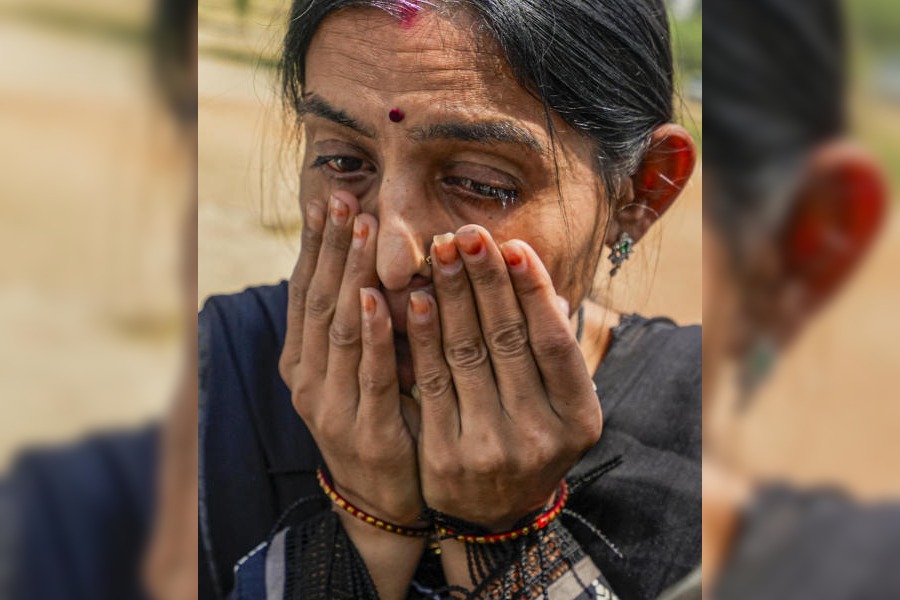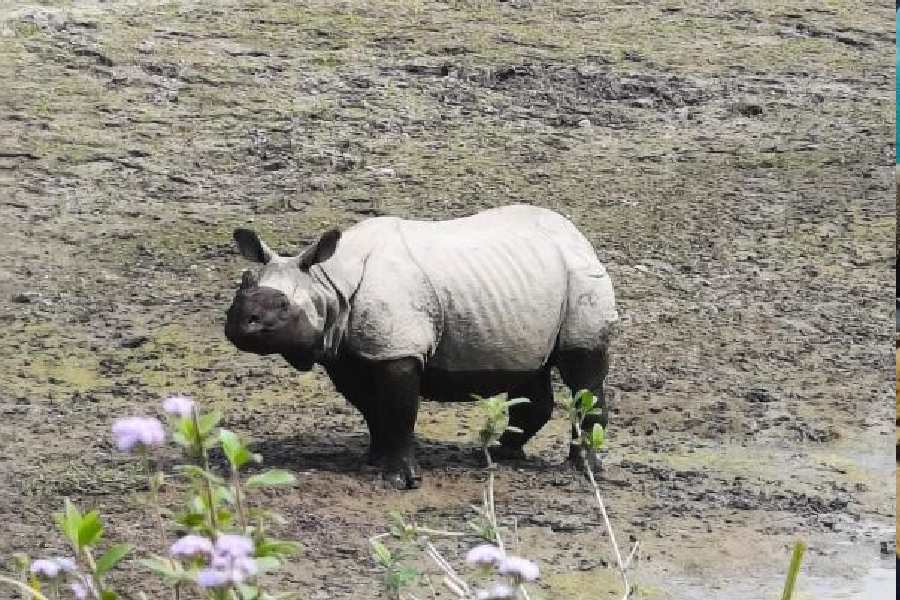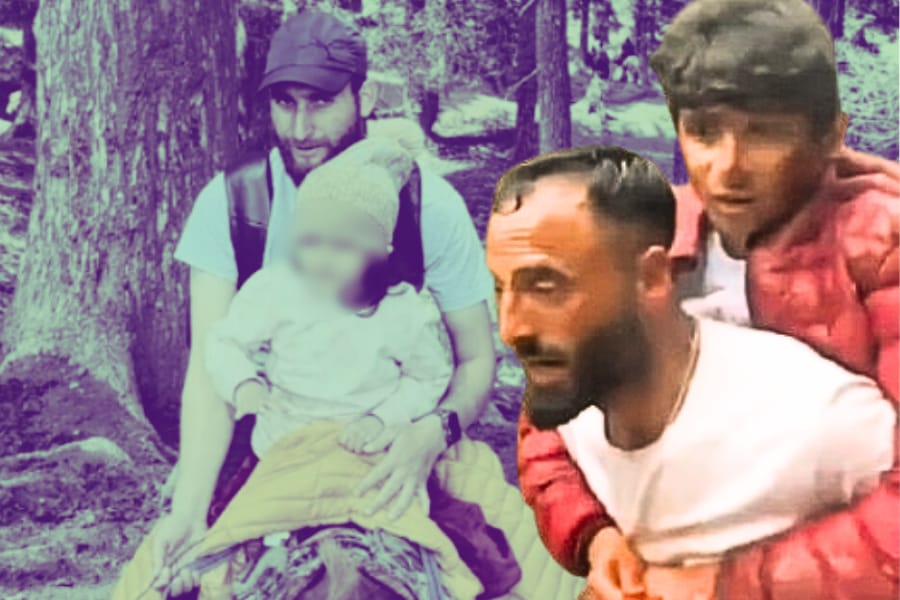Balumath (Latehar), May 24: In the forests of hilly Latehar, a Maoists’ stronghold, children would never go to school, grazing cattle by day and whiling away their time inside dark and dingy huts by night. Now, a new generation of teenagers are trying to make up for lost time by going to special schools hoping to prepare themselves for regular education in the future.
Having spent barely a year in the local Setu Vidyalay, as many 160 girls, all in their teens, are learning the alphabets and raring to go, at times even questioning their parents for not sending them to school earlier.
So strong is the influence of Maoists in this region — a safe haven due to its tree-covered rugged geographical terrain — no more than a few trucks carrying mineral ore ply the roads. That too only during daytime.
“I don’t know why my parents did not send me to school earlier,” said Rita Kumari (15), one of 51 students of Setu Vidyalay, Olepat in Balumath block of Latehar district. “But I have decided to study further, come what may.”
Kumari and her friends have to thank Ranjana Choudhary and her team that works with the NGO, Vikas Bharati, Bishnupur, which is running the region’s three Setu Vidyalayas or “Bridge schools” set up by the state government under the Sarva Siksha Abhiyan to equip dropouts and wayward youngsters to join regular schools at levels of classes VI or VII.
There are more than 250 bridge schools in the state, but Latehar, has to make do with three — the other two are in Basia and Jhabar villages.
The children of Latehar have been going to these schools for about a year now.
“We had to go from house to house to convince parents to send their girls to school,” said Choudhary, a postgraduate from Ranchi’s Xavier Institute of Social Service, who opted to work for rural girls instead of a pay cheque induced career move.
“After a year of hard work, we have succeeded in making these girls dream of a better life,” she said.
The efforts are showing. The girls, who couldn’t even communicate in Hindi when they joined school, are now a confident bunch of youngsters enjoying each day of learning. “They also can now dress properly,” said Sobha Nagesia, a teacher at Basia Setu Vidyalaya.
“I have never watched a television nor have I seen a train as my daily work was limited to grazing cows and gathering fire wood. Now, I want to study and become someone in life,” said Basanti Kumari of Ganeshpur in Balumath, who has completed her bridge school stint to join Class VI of a local government school.
Gradually now, most of the villagers — sympathisers or members of Maoist outfits — are realising the benefits of education. May be that’s why these areas have remained out of their gaze and have been spared any interference from their cadre.
“May be education would help wean away several of our men who are either members of the CPI(Maoist) or are looking to become one,” said a village elder.
It will take years of sustained work for Vikas Bharati’s dedicated soldiers of learning to make a dent in Latehar’s literacy rate — hovering around 41 per cent — but the good news is that things are changing for the better.
Even more gratifying is the manner in which girls have begun asking questions. Sonam Kumar of the Jhabar Setu Vidyalay said she would now have to reason with her father Mogo Oraon to find why he sent her brother to school but deprived her of the same opportunity.
Vikas Bharati has started enrolling several district students into a few regular schools. But many are reluctant to go there due to the inherent problems of government schools — few teachers, poor infrastructure.
“Due to the fear of rebels, government schools in the region do not run properly,” said Prabhu Dayal Oraon, a traditional tribal chief of Balumath.
No wonder the girls aren’t willing to move. “It would be great for us if the government allowed lessons up to Class X in bridge schools. Then we could complete matriculation within three-four years,” said an eager Anisha Kumari (16) of Etka village.











